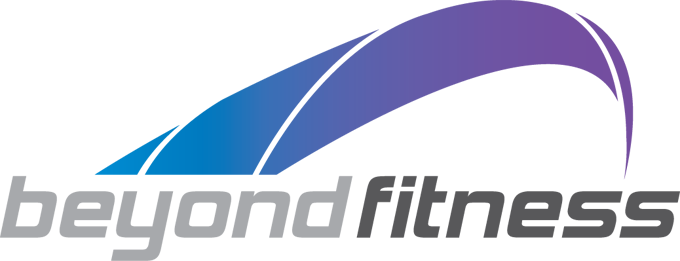Here are the top three exercises my clients and patients complain of back pain during along with descriptions and videos on how (in my opinion) to optimally perform them!
Many people who suffer from back pain will complain about one, two or all of the following three movements causing or aggravating their lower back pain but I’m here to tell you that doesn’t have to be the case. A deadlift, back squat and bent over row I believe are fundamental strength-based movements and should be in most people’s strength programming however when performed ‘incorrectly*’ or inefficiently may aggravate your lower back pain.
In the below I’ve assumed a base knowledge of the movements and will talk about my top three focus points for each movement. I will provide a video demonstration for each movement which will go into further details of how I believe each movement should be performed.
Deadlift:
I’m going to work from the top (standing position) of the movement down to the ground.
1. Hip hinge (stick your bum out): A sure way to perform a deadlift ‘incorrectly’ is the initiate the movement with your knees instead of your hips. I do however recommend unlocking the knees to have a slight bend at the top of the movement but after that most of the top part of the movement should come from a hip hinge.
2. Maintain a ‘neutral’ spine position: A lot of people get told to keep their back straight through a deadlift which isn’t exactly ‘wrong’ however it often leads to people overarching their back. This can lead to excessive stress being placed on the low back and cause subsequent low back pain. A better way to think of it is to maintain your neutral spine position throughout the whole movement.
3. The bar should remain close to if not in contact with your legs: If the above two points are being reached
Video link: https://www.youtube.com/watch?v=IDOZl7ywRoU
Back squat:
Again, I’ll start at the top and work my way down but this time I’m adding in a fourth tip.
1. Push your hips back: Very similar to a deadlift with the initiation of the movement however the knees should start to bend earlier in the movement. The most common way I use to explain this is “pretend you are sitting down onto a chair”. It’s also not uncommon for me to put a box behind someone learning a squat for the first time and get them to physically sit down on it.
2. Maintain a ‘neutral’ spine position: As with a deadlift your looking to maintain a neutral spine position rather than a straight back. This will however end up being more upright when compared to the squat due to the earlier bending of the knees. It’s ok I your chest falls forward a touch as long as you’re maintaining a neutral spine.
3. Knees and toes on the tram tracks: Initially I was taught not to let your knees pass your toes at all through a squatting movement but I’ve since discovered (through research and experience) that this doesn’t have to be the case. You should instead focus on keeping your knees and toes in the same line i.e. don’t let your knees fall in/come across the front of your body. It doesn’t matter too much if they come past your toes but I’d still avoid letting them cross that line by a great margin.
4. Your whole foot should remain in contact with the ground: This point is pretty self-explanatory really but it needs to be said. Don’t let either your heels or toes leave the ground at any point in the movement. Pressure should remain constant through your foot throughout the movement.
Video link: https://www.youtube.com/watch?v=RmAmisl_sj0
Bent over row:
This is more focused on getting into the correct starting position because once you’re in that position all you have to do is maintain it.
1. Unlock the knees: The first thing I get people to do once they have the bar and are standing up straight is to unlock/bend their knee’s slightly. How much knee bend will depend on the individual so play around with it to see what feels comfortable. This allows for less stress to be placed on the low back whilst completing the movement.
2. Push your hips back until the bar is roughly in line with and touching your knees: The next movement to get into the ‘correct’ position is to push your hips back whilst maintaining that slight knee bend. You should continue bending at the hips until the bar hits your knee level and is touching or just in front of your knees.
3. Bar should track straight up and down throughout the movement: Once in the above position the movement of the bar should be straight up and down. Aim for the bottom of your ribs, squeezing through the shoulder blades and then return back down to the starting point close to if not touching your knees.
Video link: https://www.youtube.com/watch?v=kD5a98ip16E
*Many people will have different views on how these movements should be performed, this is my view on these movements which is based off my studies of exercise science and osteopathy along with my experience in the health and fitness industry.
I hope the information above helps with injury prevention whilst helping you optimise your performance of these movements.
Thanks for reading/watching and if you have any further questions regarding this post or any other questions in general please email me at Jamey.beyondfitness@gmail.com.
By Jamey Pemmelaar (Osteopath)

